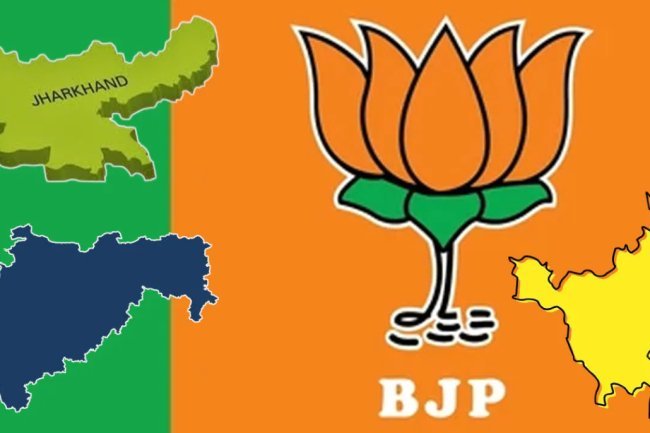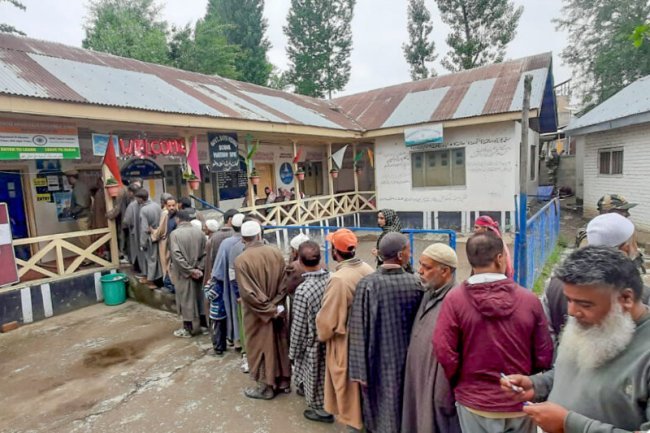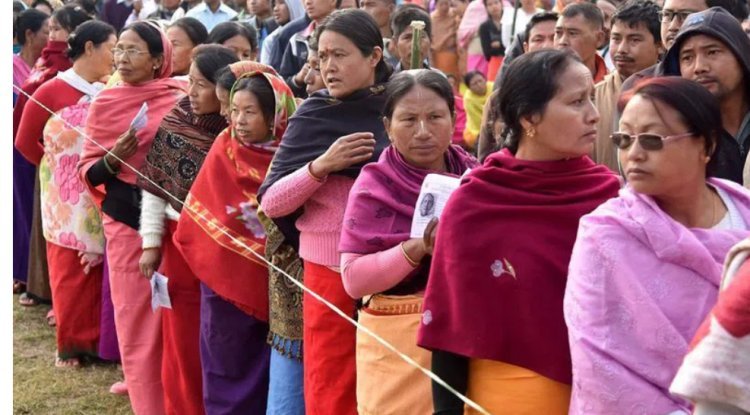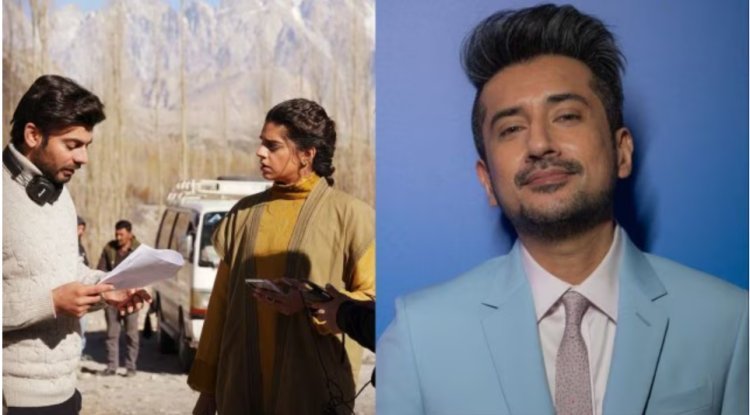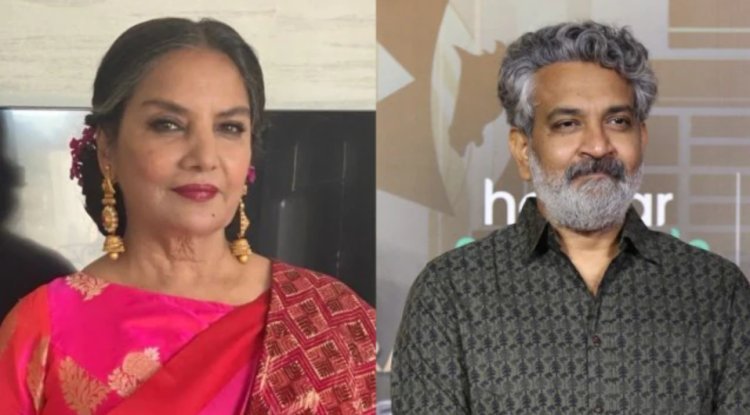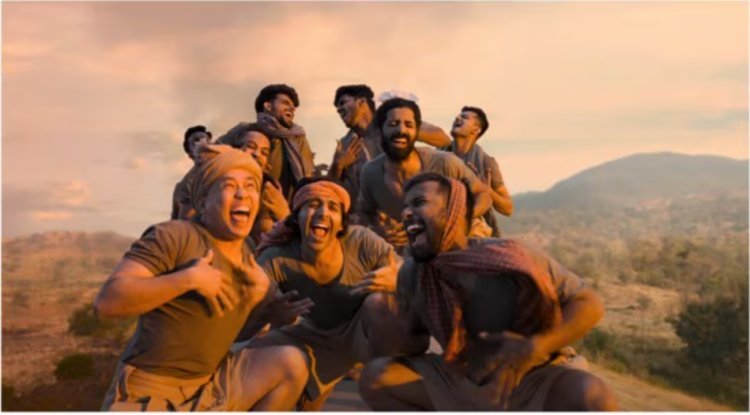Women Candidates Contesting Elections Have Increased, But It's Only 10%
Despite an increase in the number of women candidates contesting elections, they still make up only 10% of the total candidates. In this video, we explore the progress and challenges women face in the political arena, examining the factors contributing to this disparity and discussing what can be done to encourage greater female representation in politics. Join us as we delve into the significance of this issue and its impact on the future of democracy.
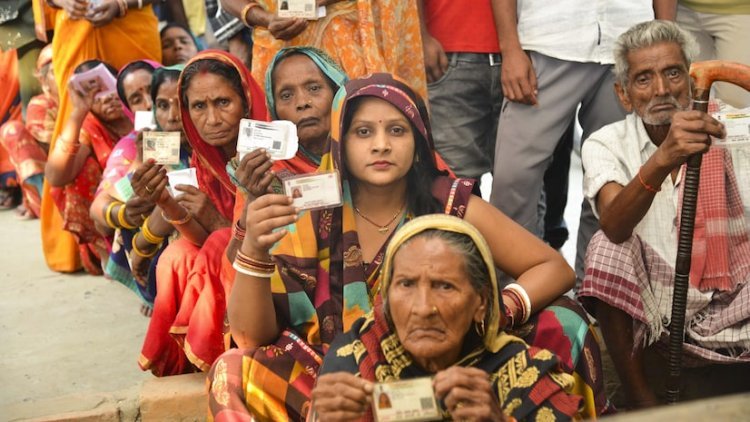
Increase in Women Candidates Contesting Elections, Yet Only 10% Participation
Among the six national parties, the National People's Party (NPP) has the highest number and proportion of women candidates at 67 percent.
According to data from the PRS Legislative Research, the number of women candidates contesting the Lok Sabha elections has consistently increased from three percent in 1957 to ten percent in 2024.
The increase in women's participation in elections has remained consistently low. In 2019, only nine percent of the candidates contesting the general elections were women.
According to a report from the Association of Democratic Reforms, in the 2009 Lok Sabha elections, there were 556 female candidates, making up seven percent of the total 7,810 candidates. This year, 797 women are in the fray, constituting 9.6 percent of the total 8,337 candidates.
Among the six national parties, the National People's Party (NPP) has the highest number and proportion of women candidates at 67 percent, with two out of three candidates being women. In contrast, the All India Anna Dravida Munnetra Kazhagam (AIADMK) and the All India Forward Bloc have the lowest levels of female representation at three percent.
The Bharatiya Janata Party (BJP) has performed better than the Congress party in terms of female representation. The BJP fielded 16% women candidates in the 2024 Lok Sabha polls, while the Congress party fielded 13%.
Among regional parties contesting more than 20 seats, the Biju Janata Dal (BJD) has 33% women candidates, and the Rashtriya Janata Dal (RJD) has 29%, the highest proportion of women candidates.
Additionally, six individuals of the third gender are contesting elections. Four of these candidates are independents, and two are from unrecognized parties. There were also six third-gender candidates in the 2014 and 2019 elections, according to the PRS report.
In the first phase of the elections held on April 19, out of 1,618 contesting candidates, only 135 were women.
Smaller and regional parties have shown higher proportions of female candidates. Naam Tamilar Katchi has achieved equal gender representation, with 20 out of 40 candidates being women. The Lok Janshakti Party (Ram Vilas) and the Nationalist Congress Party each have 40 percent female candidates.
Hindustan Times interviewed Congress leader Pawan Khera regarding the participation of women in the ongoing polls. "It is encouraging to see the upward trend in the data on the participation of women in elections. However, the slow pace at which this data has grown over the decades is concerning. The Congress Party has been advocating for reservations for women in Assemblies and Parliament," he stated.
What's Your Reaction?









